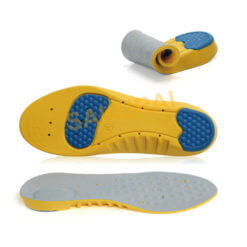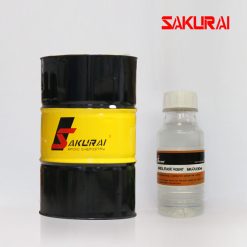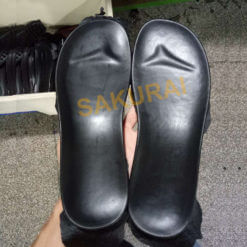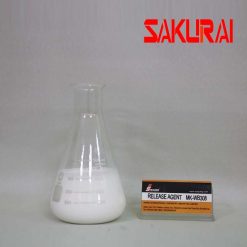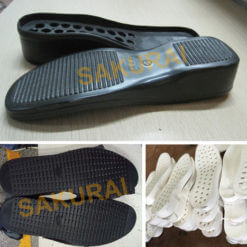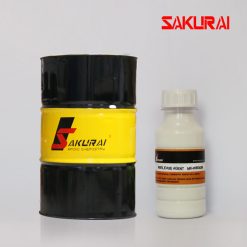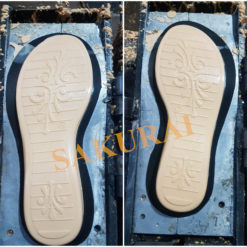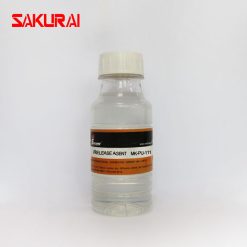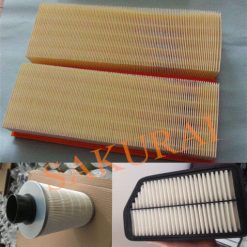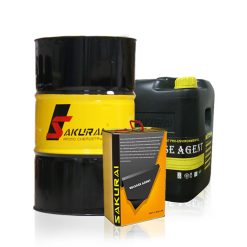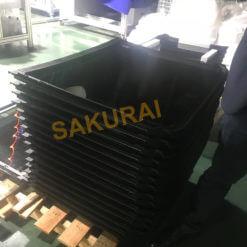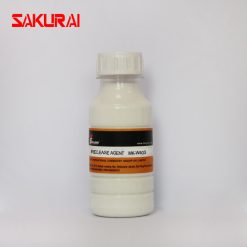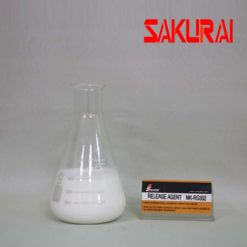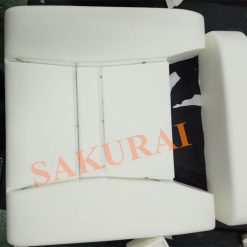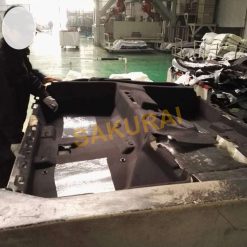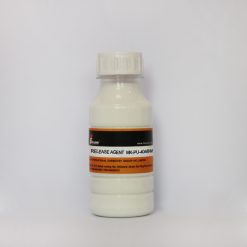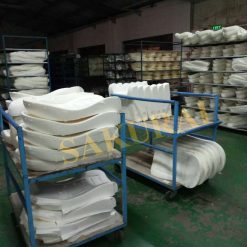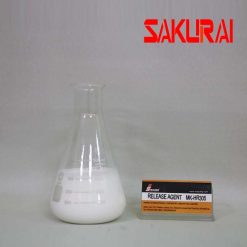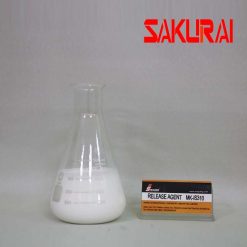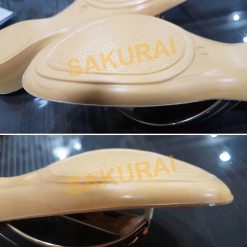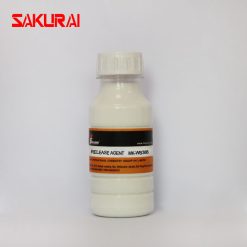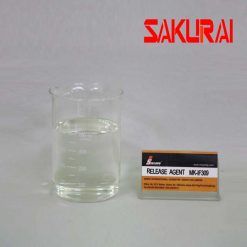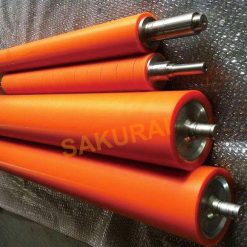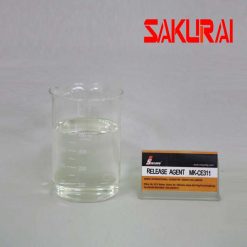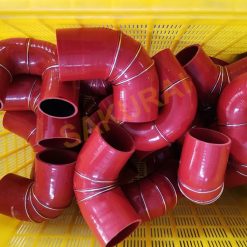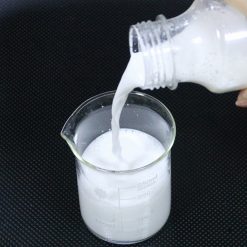FAQ
If you have any questions about the Polythane mold release agent, please feel free to contact- Basic components:
- Paraffin: 5–20 parts
- Stearic acid: 5–8 parts
- Plant oil: 5–10 parts
- Emulsifier: 5–8 parts
- Potassium hydroxide: calculated amount
- Other auxiliary materials: as needed
- Ethyl paraben: as needed
- Deionized water: to 100 parts
- Emulsified wax: 10%–15%
- Methyl silicone emulsion: 15%–20%
- Modified silicone emulsion: 5%–8%
- Deionized water: 50%–55%
- Emulsifier: 4.5%–6%
- Additives: 0.5%–1%
- Preservatives: 0.3%–0.5%
- By Carrier: Water-Based and Solvent-Based
- By Chemistry: Silicone-Based and Non-Silicone-Based
- By Lifespan: regular mold release agent and semi-permanent Polyurethane release agent
- By Usage: Internal release agent and external release agent
- by Active Substances: Silicone Series, Wax Series, Fluorine Series, Surfactant Series, Inorganic Powder Series, Polyether Series
Water-Based vs. Solvent-Based Release Agents
| Feature | Water-Based | Solvent-Based |
| Carrier | Water | Organic Solvents (e.g., naphtha) |
| Environment & Safety | Low VOC, non-flammable, safer | High VOC, flammable, health risks |
| Performance | Thin film, requires mold temp control | Fast evaporation, quick film-forming |
| Applications | Plastics, rubber, silicone; eco-friendly industries | Traditional fields, usage declining |
| Cost | Higher initial cost, lower long-term costs | Lower initial cost, higher hidden costs |
- Durability: Semi-permanent release agent creates a stable film on the mold surface. This allows multiple demolding cycles without frequent reapplication.
- Versatility: It works with various materials like plastics, rubbers, and metals. It's suitable for different manufacturing needs.
- Cost Efficiency: Their long-lasting feature reduces the need for frequent applications. This can lower material and labor costs over time.
- Environmental Friendliness: Many are water-based, or have low VOC content, make them more Eco-friendly
- Spraying: Use an HVLP(high volume, low pressure) spray gun or an aerosol can. It's suitbale for large Polyurethane mold production.
- Brushing: This method is suitable for small molds or detailed areas. It allows for precise application.
- Wiping: Use a clean, lint-free cloth t wipe a thin, uniform layer onto the mold surface.
- Water-based: Usually between 10-50 minutes(depend on the environment temprature and humidity)
- Oil-based: It takes longer to dry, usually several hours or more. the drying time depends on the time of oil and environment.
- Semi-permanent: Just need 15 miniutes for each layer to dry. After the last layer, let it sit at room tempreature for at least 30 miniutes to fully cure.
- Lack of release agent: If not enough release agent is used, it won't form a complete barrier on the mold. It will lead to the sticking of release agent.
- Moisture or Impurities in the mold release agent: If the mold release agent has moisture or impurities, it can affect demolding result, and sticks to the mold.
- Improper types of release agent: Different mold process need specific types of release agent
- Mold surface issue: A rough mold surface, rust, or undercuts can affect how well the release agent adhere and performs.
- Improper molding process parameters: Facts like excessively high pouring tempreture or insufficient curing time will lead to the product sticking to the mold.
- Ensuring the release agent is applied insufficient
- Check the quliaty of mold release agent
- Choose the correct mold release agemt according to the process and material
- Maintain the mold regularly, keeping its surface clean and smooth.
- Optimize the molding process parameters to ensure the product is fully cured before demolding.

